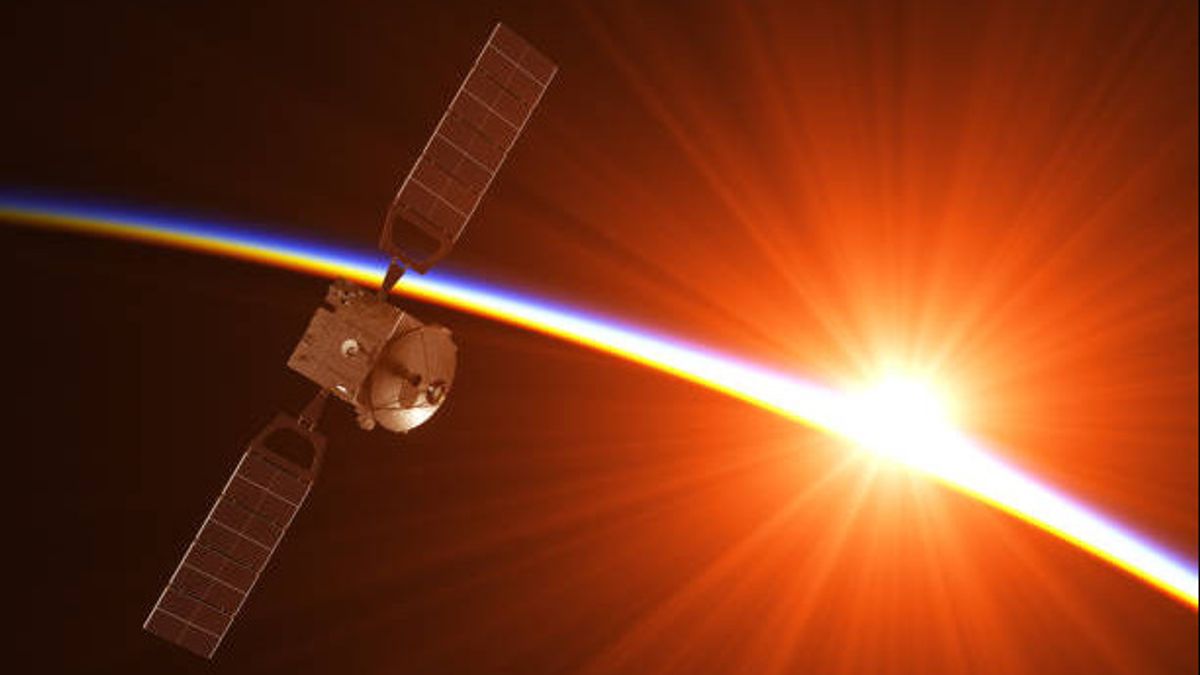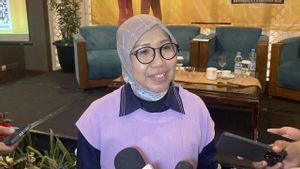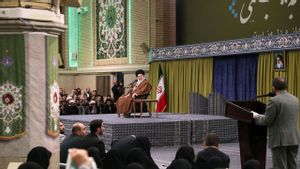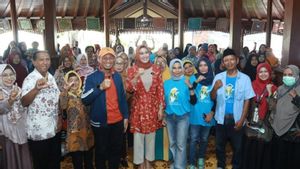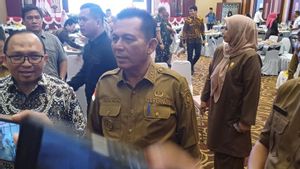JAKARTA - Solar power plants in outer space are expected to be able to provide reliable renewable energy sources to the grid and offer alternative options for future nuclear power power.
The European Space Agency (ESA) is now looking for plans that will take advantage of the fact that the sun never stops shining in space, and sunlight is much more intense there than on the earth's surface.
It will involve satellite assembly of several miles in orbit with solar array, which will make it continuously illuminated by the sun more than 99 percent of the time.
Energy will be emitted back to Earth via high-frequency radio waves and that power will be generated day and night regardless of what the weather will be like on the surface of our planet at that time.
Supporters of the idea say that one power plant might be able to deliver about two gigawatts of renewable power into the grid, which is almost the same as the nuclear power plant on Earth.
Recent studies show the concept, called space-based solar power, could theoretically be applied and could support the way to decarbonize the energy sector.
However, experts say significant uncertainty and technical challenges persist, which is why this research and development program known as SOLARIS has just been proposed.
The physics involved in this project means that these satellites must be large, about a few kilometers wide, and the same applies to collecting'retails' on the earth's surface.
This in turn will require technical advances in areas such as in-space manufacturing and robotic assembly, high-efficiency photovoltaics, high-power electronics, and the formation of radio frequency rays.
Further research to confirm low-power microwave effects on human and animal health as well as compatibility with aircraft and satellites must also be carried out.
According to Dr Sanjay Vijendran, who has studied it for ESA, the technology can offer 'alternative options for nuclear power',
"This is a type of technical question that SOLARIS will see, to further explore the feasibility of the concept, so that Europe can make the right decision by 2025 on whether to continue the Space-Based Solar Power program in the future," Vijendran said as quoted by the Daily Mail Online.
As added value, every breakthrough achieved in this area will be invaluable, valid for many other spaceflight efforts, he said. The mistake that is often made is comparing the concept to ground-based solar power, when really space solar power offers new characteristics such as basic load power that actually functions to complement rather than compete with intermitent sources such as the soil and wind sun.
In this case they can offer alternative options for future nuclear power where research shows that space-based solutions have finally become very competitive, said Vijendran.
Program proposals come at a point when global interest in space-based solar power was at its highest point for decades, with demonstrations in orbit being prepared in the US, China, and Japan.
The UK has also formed a Space Energy Initiative to develop space-based solar power, while the European Commission is funding a project investigating a large light reflector that directs sunlight into a solar field in the ground called SOLSPACE.
Considering the climate and energy crisis, and the quick steps we are making in space capabilities, now is the time to investigate whether space-based solar power can be part of a solution this is a responsible thing to do, added Dr. Vijendran.
A report by technical consultant Frazer-Nash estimates that the first space-based solar power plant could go online in the 2040s at a cost of around £16 billion. After that, any additional satellite can cost about £5 billion.
It is estimated that this will power 50 pounds per MWh, which is almost the same as other renewable sources.
The Sizewell C 3.2GW nuclear plant in Suffolk, meanwhile, is estimated to cost £20-30 billion (IDR 339 trillion-508.5 trillion) and will be able to generate electricity for six million homes by 60 years.
The English, Chinese, Japanese, Arabic, and French versions are automatically generated by the AI. So there may still be inaccuracies in translating, please always see Indonesian as our main language. (system supported by DigitalSiber.id)
